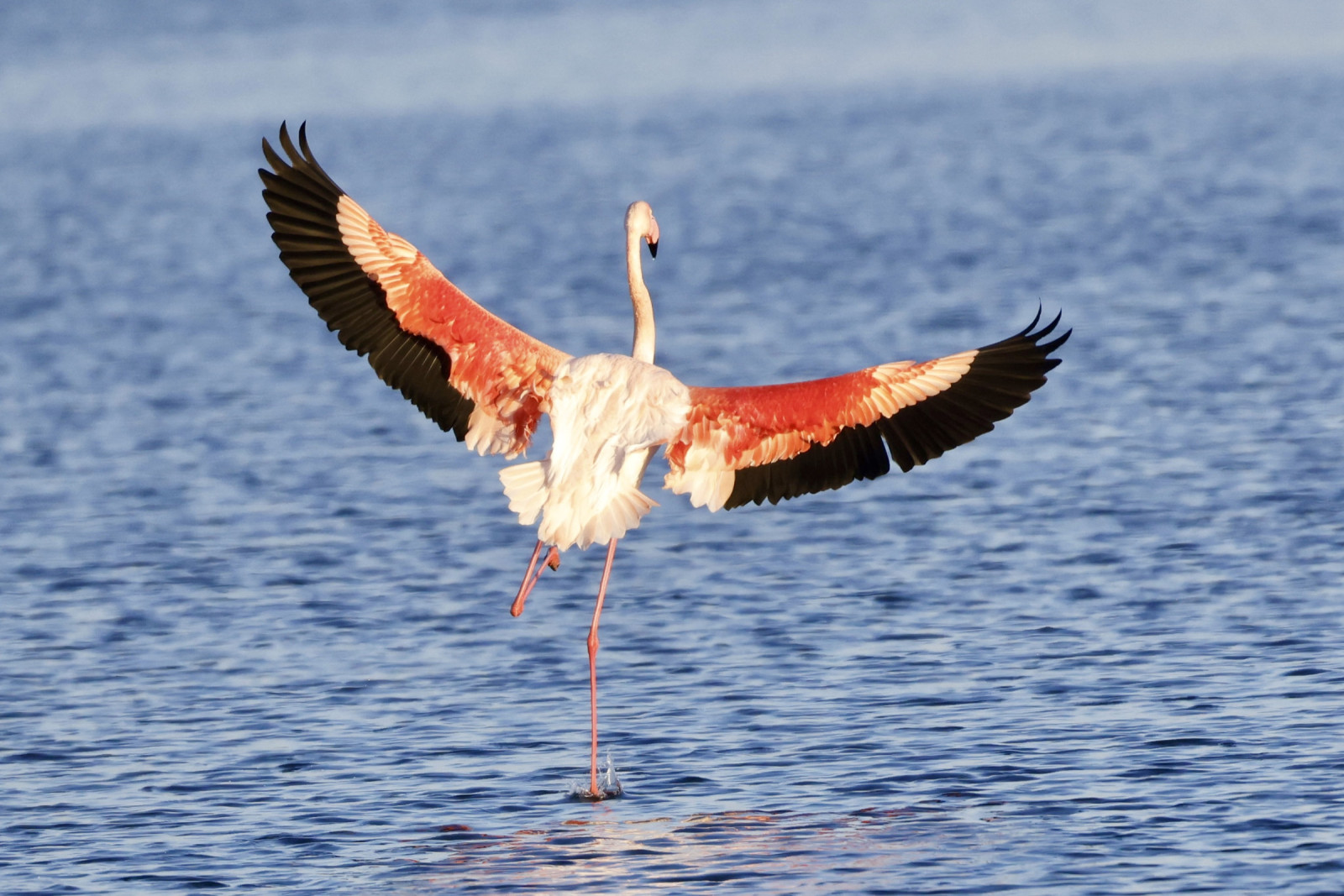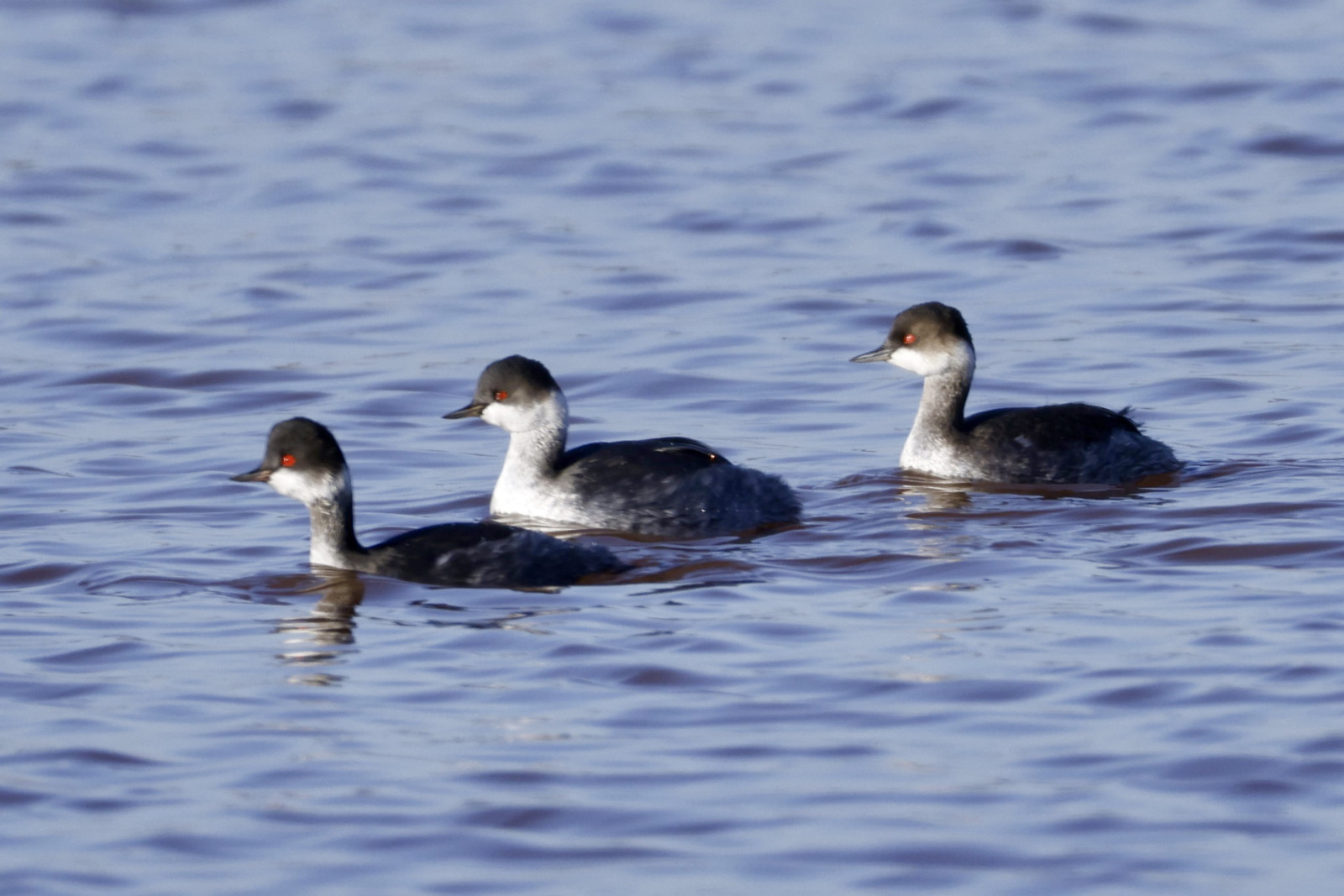Beschrijving
Alongside the River Guadiana between Castro Marim and Vila Real de Santo António, and covering an area of more than 2,000 hectares, lies a wetland area consisting of marshes, saltpans, inlets and rural areas of schist and red sandstone. It is the oldest nature reserve in Portugal, having been classed as such in 1975. A great place for birding. Among the bird species found here are Steltkluut, Kluut, Grutto, Reuzenstern, Flamingo, Bontbekplevier and Ooievaar, to name but a few. The characteristic vegetation of the marshes and the traditional saltpans results in a geometric patchwork of a landscape. Salt production is one of the main activities carried out in the marshes.
Details
Toegang
The Reserva Natural do Sapal de Castro Marim is located close to Villa Real de Santo Antonio on the eastern side of the Algarve, just a few minutes drive from the Portuguese-Spanish border and the Rio Guadiana river, and is well signposted from the main roads. Click on the P in the map for directions. Walking trails with interpretive signs fan out from the park's visitor center, located 1.8 km south of Castro Marim.




